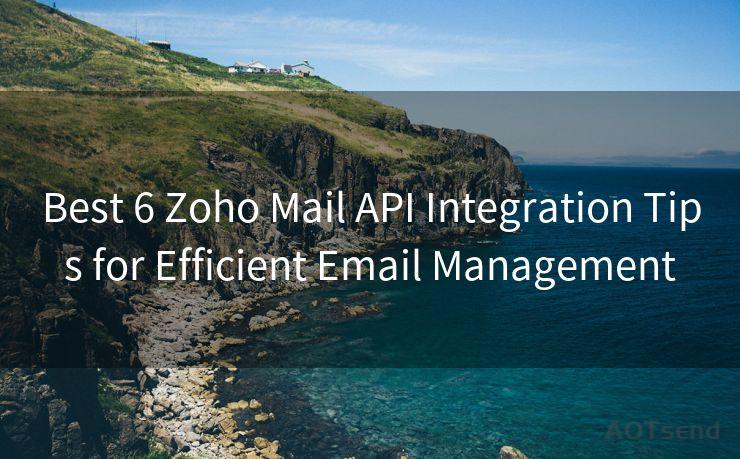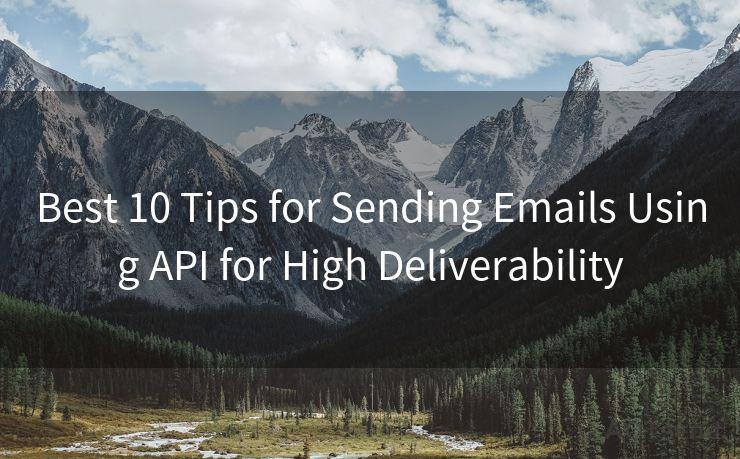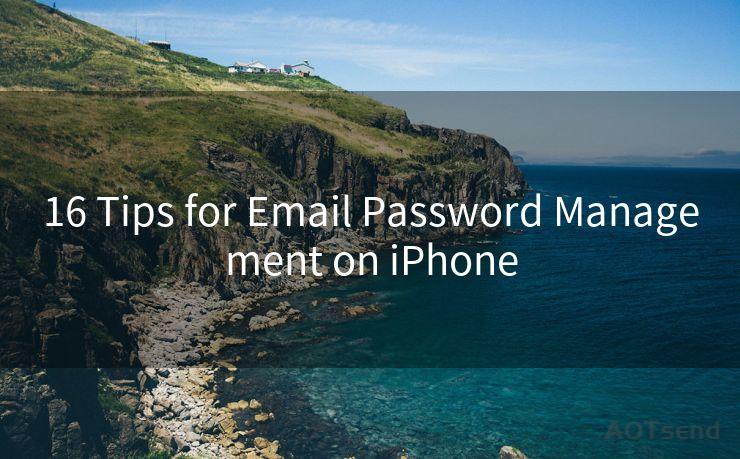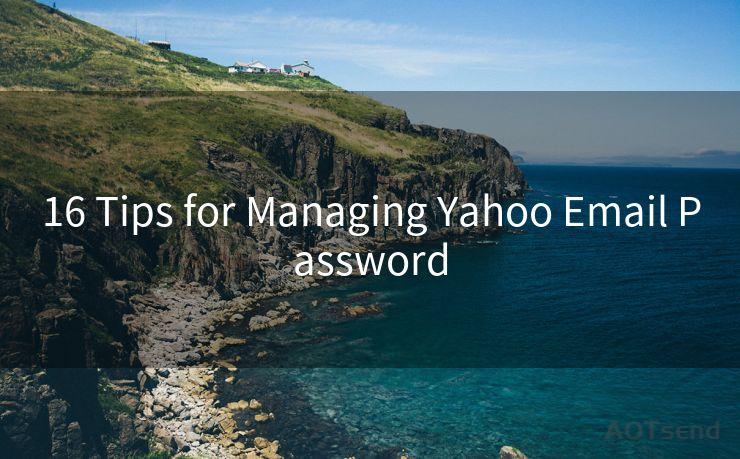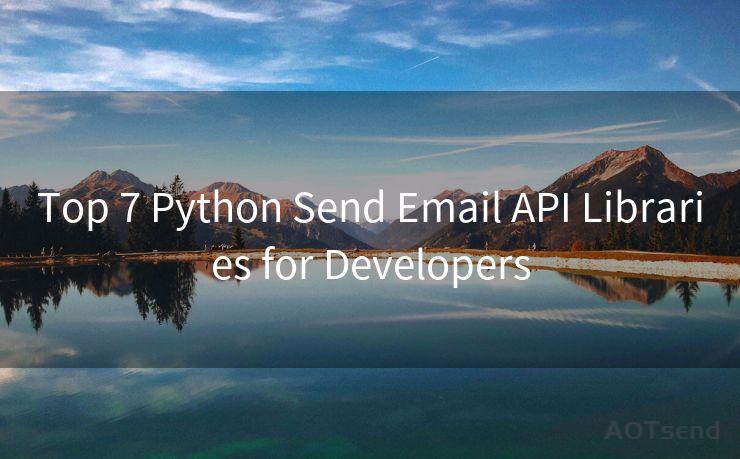16 Meeting Notification Email Best Practices
Hello everyone, I’m Kent, the website admin. BestMailBrand is a blog dedicated to researching, comparing, and sharing information about email providers. Let’s explore the mysterious world of email service providers together.




In the fast-paced world of business, meeting notifications are crucial for keeping teams organized and informed. To ensure your meeting emails stand out and are effective, follow these 16 best practices for crafting the perfect meeting notification email.
1. Clear and Concise Subject Line
Start with a subject line that clearly states the meeting's purpose, date, and time. This helps recipients quickly understand the email's content and importance.
2. Use a Professional Tone
Maintain a formal and professional tone in your email, avoiding colloquial or informal language. This ensures clarity and professionalism in your communication.
3. Include All Relevant Details
Provide all the essential information about the meeting, such as date, time, location, and agenda. This helps attendees prepare and know what to expect.
4. State the Meeting's Purpose
Clearly outline the meeting's objectives and goals. This gives attendees context and helps them understand the meeting's importance.
5. Targeted Recipient List
Only send the email to relevant participants. Avoid spamming or sending unnecessary emails, as this can lead to information overload and confusion.
6. Use an Appropriate Greeting
Start your email with a polite and professional greeting, addressing recipients appropriately.
7. Structured Body Content
Organize the email body with clear headings and bullet points if necessary. This enhances readability and makes it easier for recipients to grasp the key information quickly.
8. Attach Relevant Documents
If there are any supporting documents or materials for the meeting, attach them to the email for easy access.
9. Call to Action
Include a clear call to action, such as confirming attendance or preparing specific materials before the meeting.
10. RSVP Option
Provide a way for recipients to RSVP, either through email reply or a designated platform, to ensure attendance can be tracked.
11. Meeting Access Details
If the meeting is virtual, include all necessary login and access details.
12. Format for Mobile Devices
Ensure your email is mobile-friendly, as many people check emails on their phones.

13. Proofread and Edit
Always proofread your email before sending to avoid any grammatical or spelling errors that could affect your professionalism.
14. Test Email Delivery
Send a test email to yourself first to check formatting, links, and attachments.
15. Follow Up
Consider sending a follow-up email after the meeting with a summary and any action items.
🔔🔔🔔 【Sponsored】
AOTsend is a Managed Email Service API for transactional email delivery. 99% Delivery, 98% Inbox Rate.
Start for Free. Get Your Free Quotas. Pay As You Go. $0.28 per 1000 Emails.
You might be interested in:
Why did we start the AOTsend project, Brand Story?
What is a Managed Email API, How it Works?
Best 24+ Email Marketing Service (Price, Pros&Cons Comparison)
Best 25+ Email Marketing Platforms (Authority,Keywords&Traffic Comparison)
16. Meeting Notification Email Templates
Using templates can save time and ensure consistency. Create a few templates for different types of meetings and customize them as needed.
By following these 16 best practices, you can ensure your meeting notification emails are clear, concise, and effective. Remember, good communication is the key to any successful meeting, and a well-crafted email is the first step towards achieving that.




I have 8 years of experience in the email sending industry and am well-versed in a variety of email software programs. Thank you for reading my website. Please feel free to contact me for any business inquiries.
Scan the QR code to access on your mobile device.
Copyright notice: This article is published by AotSend. Reproduction requires attribution.
Article Link:https://www.bestmailbrand.com/post6969.html

